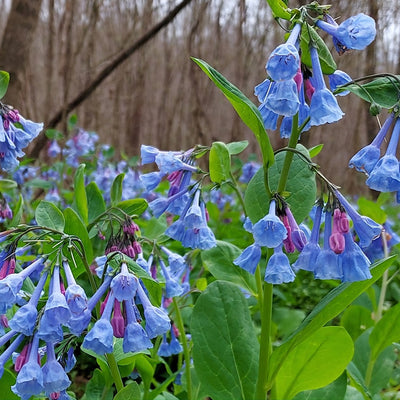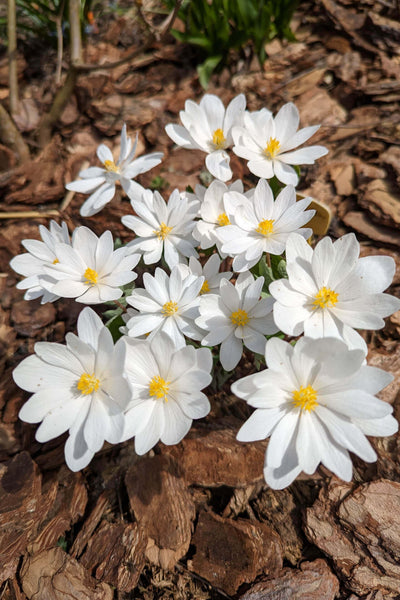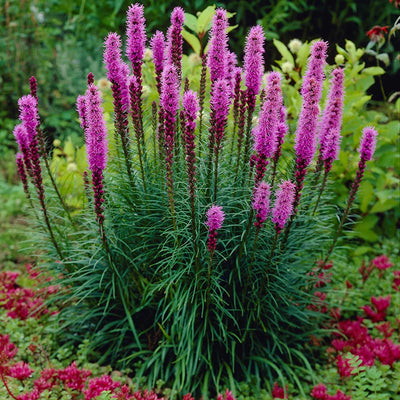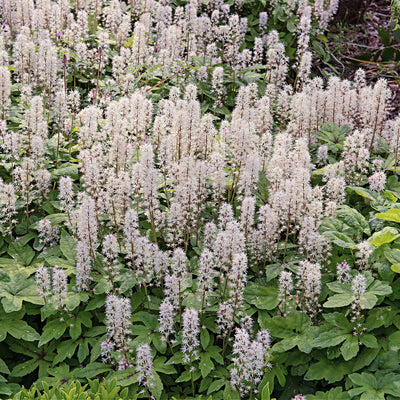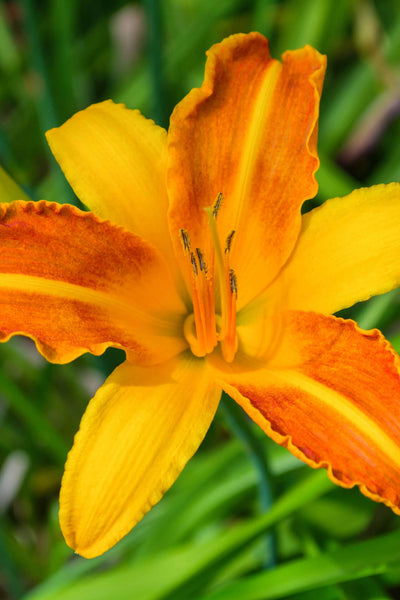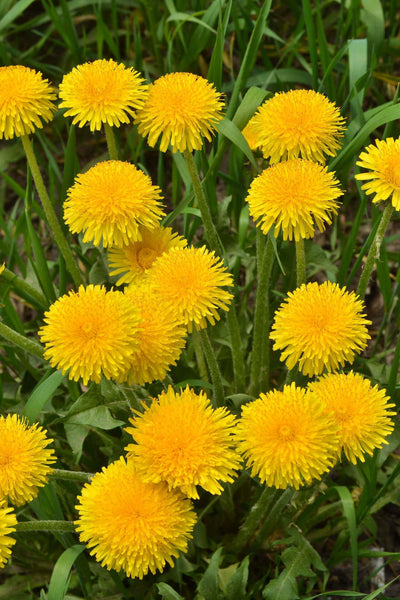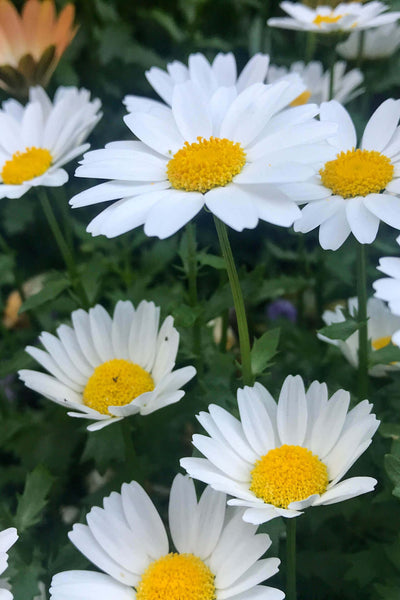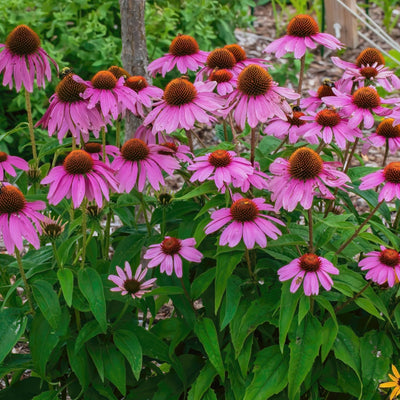Build a Blooming Flowering Perennial Garden With Little Work
Enhancing your landscape can be an enjoyable undertaking, as long as there is enough time set aside for it. It is for this reason most homeowners go for flowering perennial plants as they bloom for long stretches, and their value for investments is often higher than other options available. Unlike annuals, perennials require little care, and they will continue paying off for years. If you are a gardening genius, you can spend a lot more time gardening, as perennials require far less maintenance than annuals.
In this post, we will consider how to plan your perennial garden to optimize the effort you spend in caring for it, and to still achieve stunning and varying colors in every season. The trick is to choose combinations of plants that flower in succession to create a constantly blooming garden. This will free your time and energy for other things, while also improving the curb appeal of your property.
Strategically Rethink Spring Flowering Perennials
Older garden owners usually make the mistake of using annual flowering plants and calling it a colorful spring garden. While annuals may provide some degree of relief to a garden, they do not provide the nutrients needed to sustain a healthy yard in the long run. Annuals, need to be placed each year, and need constant intervention. Perennials, in contrast, bloom year after year, with little intervention on your side.
Virginia Bluebells
An example of spring flowering perennials is the Virginia Bluebells. They provide thin lavender trumpet-shaped flowers with soft pastel pink buds. Virginia Bluebells grow in height and width to about two feet and bloom in the spring. They attract butterflies and other pollinating species. They bloom in the early to late spring and spread every year, growing fuller over time.
Bloodroot
Another perfect option is Bloodroot. This spring garden plant grows thick in the shady areas and is perfect for early to mid-spring. It grew to about eight inches and produces gentle lily-like water flowers with a yellow center.
Blazing Star is an easy to grow plant that loves sunshine. And there are also lesser-known spring perennials that might fit beautifully in your garden. Early bloomer Foam Flowers and White Violets are charming and bring color that beautifully contrasts with the more pronounced flowers. It is best to use a mix of perennials that bloom during different times to achieve a more fluid transition of color in your garden. These types of plants will continue to multiply every year, making sure that your spring garden continues to evolve.
Re-Imagine Summer Flowering Perennial Plant Combinations
Most people will dedicate time and effort toward perennial flowers that bloom while the sun is shining, but there is a much broader selection of plants that thrive during the summer. With the right combinations, perennials can blossom and make the garden more colorful while providing visual interest for a longer period of time. Your summer garden can blossom with more than just one type of plant, and a blend of large flowering perennials and smaller, lesser-known plants will make the garden more attractive by adding color, texture, and depth.
Daylilies
Daylilies are a staple in gardens during the summer and are loved by many homeowners. While often planted alone, Daylilies as a garden option are great for filler. The Orange Daylily, for example, towers at 36 inches and has beautiful blooms. As long as watered, it blooms all summer long. Other varieties like the Red Daylily, almost three feet tall, bring balance with other flowers to the garden.
Dandelions
Homeowners regard Dandelions as a weed, but they actually add value to perennial gardens. Their low height allows them to add a green base and texture to gardens. Not only do Dandelions bloom quickly, but they are also wonderful as fillers and early summer flowers.
Daisies and Black-Eyed Susans
For fast-growing perennials such as Daisies and Black-Eyed Susans, it is still necessary to periodically thin out your garden. These plants occupy space very easily, which is not always a desirable characteristic for certain locations. A good pair to these plants would be the less aggressive Blanket Flower. These flowers are not only easy to tend to, but they also tend to fill the spaces of your garden very colorfully during the summer.
Other Perennial Plant Options
Other than the most known and widely used perennials, there are many plants and flowers which can make your garden beautifully appealing with very little effort. Echinacea, Sedum, Shasta Daisy, and Peony are a few of the many flowers which blossom with adequate rationale and care, enriching your garden year-round.
Echinacea
Echinacea, more widely known as Coneflowers, is for people who are looking for a durable and drought-hardy perennial. This flower comes in numerous colors: purple, white, and pink, and also thrives during the summer. Drought-resistant flowers such as Sedum, more frequently referred to as Autumn Joy, also blossom rich color flowers during the end of summer.
Lavender or Hostas
If you want your garden to be a feast for the eyes year-round, you can also consider Lavender or Hostas. Lavender has purple blooms and a perfume. Hostas like the shade and don't need much attention. Hostas add greenness and interest to the garden.
Creating Minimal Effort Perennial Gardens
The beauty of a garden does not have to be sacrificed for the sake of effort. It’s the result of smart and careful plant choices, placement, and groupings. Start by selecting climate and soil’s best friends. Native flora is also a good choice. They have lower maintenance.
Combine these plants with the same hydration and sunlight needs to make care simple.
In addition to the previous factors, consider also the maintenance of the garden to require the least effort possible. During dry periods, water the perennials without deadheading the spent flowers, and be prepared to weed the garden. Mulch, to retain moisture and enhance tidiness, can also be added.
Ever seen how some flowering perennials flower during spring, summer, and some even during fall? This will make sure there is vibrancy in your garden all year long. The important thing is to plant flowers during different periods of the year. This creates cycles of color and takes very little maintenance.
Check out the Perennials Sold at TN Nursery
Are you looking to turn your dull garden into a flower paradise? TN Nursery has a wide range of perennials that you and your project will get along delightfully. From blooms in the very start of spring to eye-catching blooms in summer, the variety available is wide. To get the garden of your dreams, visit our site to see the variety of flowering perennials we have to offer and guide per our needs best.
FAQs
What are the best perennials for low-maintenance gardening?
Low maintenance garden perennials are ideal for homeowners who want to add flair and charm to their garden without spending too much time maintaining it. Out of the best options that are available, the phrases that are easy to remember are Daylilies, Lavender, Sedum, Peonies, and Black-Eyed Susans. Watering, growing in a myriad of conditions, and being weak against critters and diseases. These perennials add delightful color to your garden with minimal effort.
What is the 70/30 rule in gardening?
To maintain a balanced garden, the 70/30 rule states that 70% of the allocated garden space is for perennials while 30% is for annuals. While perennials require less maintenance and stay beautiful throughout the year, annuals fill in the gaps with splashes of seasonal color. Following this rule will result in a stunning yet low-maintenance garden that will remain interesting any time of year.
What is the rule of 3 in the context of landscaping?
The rule of 3 in the context of landscaping discusses the application of odd-numbered groupings of plants. This rule is especially true for trees, shrubs, and flowers. An example would be the cluster of three Daylilies which, if placed judiciously, would balance the overall design of the garden and enhances its beauty. Odd-numbered plant groupings create movement and are therefore more visually pleasing in a landscape.
What is the 3 year rule for perennials?
Perennials take three years to establish themselves in the garden, and this period is termed the “3-year rule”. The larger varieties of most perennials take three years to bloom and spread. By this time, the most patient garden owners would have allowed the plants to develop durable root systems. Years of minimal maintenance after this will make the perennials prosper and bloom once again.
What is the best outdoor plant for lazy people?
Adding Lavenders, Sedums, Daylilies, and Coneflowers will make your garden look elegant, even if you spend no time on it. Almost no attention, watering, and care. Effort to maintain this garden is scarce, which is ideal for someone who wants a fancy garden without the hard work.


